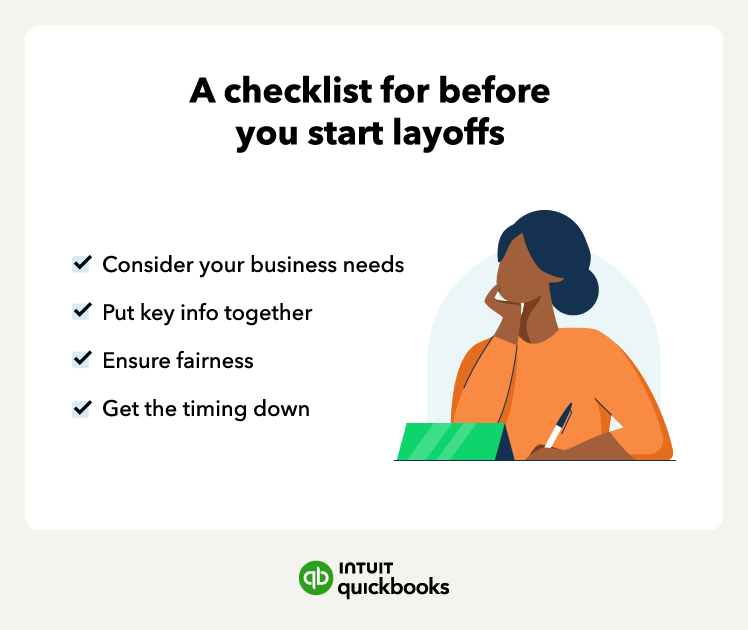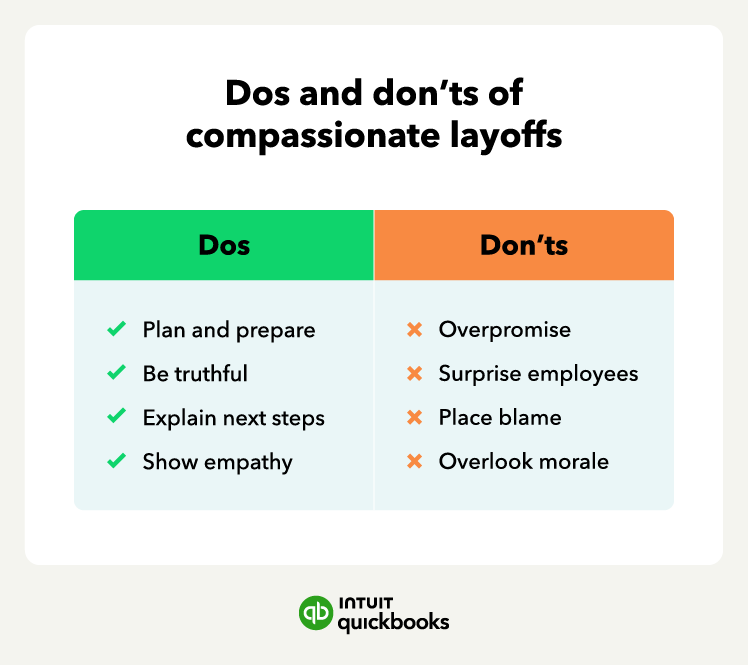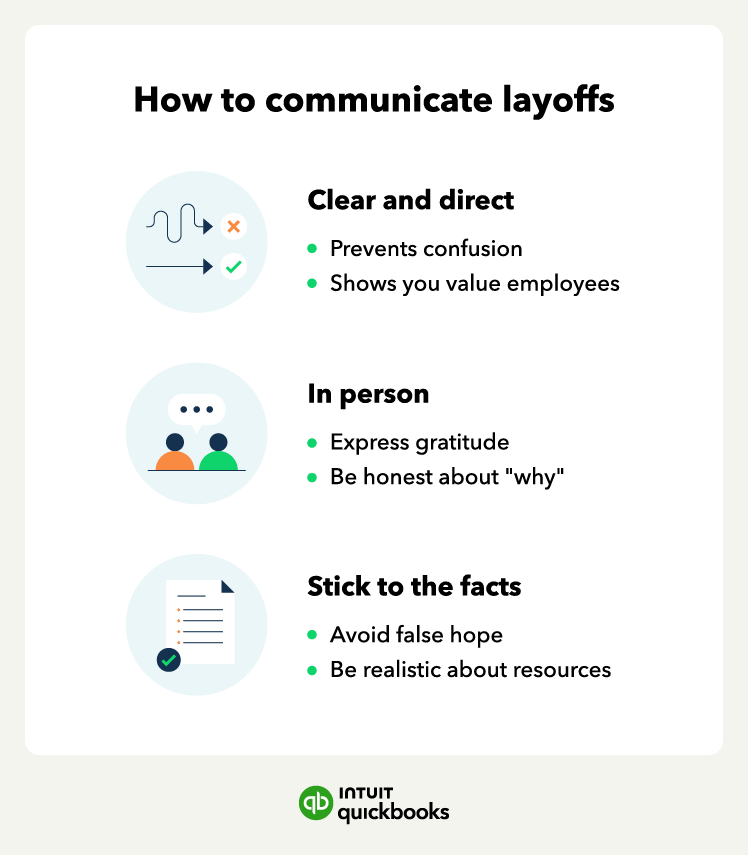One of the most critical aspects of laying off employees with dignity and respect is communication. The way a business owner or manager communicates layoffs can have a profound impact on the emotional and mental well-being of all employees. Here are some tips to help business leaders communicate layoffs in a respectful and compassionate way:
Do it in person
When it comes to laying off employees, it can be tempting to inform them via email or phone calls. However, this can negatively impact employees and the company as a whole.
Making an effort to inform employees of layoffs in person (or via video if necessary) is a crucial step in maintaining dignity and respect throughout the process. While it may be difficult to have these conversations face-to-face, it demonstrates that the business values its employees and recognizes the gravity of the situation.
Notifying employees of layoffs in person can help prevent confusion or misunderstandings that may arise from electronic communication. It also allows for a controlled and respectful environment, as opposed to the potentially chaotic and emotional response that can come from an email or phone call.
Be transparent but empathetic
When delivering the news to employees, it's important to be transparent and honest about why the layoff is necessary, such as cash flow problems or economic concerns. Start by expressing gratitude for the employee's contributions to the company and acknowledging the challenging nature of the situation.
If the layoff is due to performance issues, be specific about what those issues were and how they led to the decision to lay off employees. Being transparent helps employees better understand why layoffs are happening and reduces feelings of confusion or mistrust.
At the same time, show empathy and extra care throughout the layoff process by acknowledging their emotional response to the news. Use statements such as, "I understand this is hard news to hear," or "I know this is a difficult time for you." Ensure that key players involved in the process, such as senior managers, also understand the need for empathy and extra care.
Don’t overpromise
The decision to lay off employees is never an easy one, and a company may want to do everything it can to soften the blow and ease the transition. However, it's important to avoid overpromising during the layoff process.
Making promises that you can't keep or providing false hope can have negative consequences for both the affected employees and the company as a whole. Additionally, employees may feel misled or betrayed, and your company's reputation can suffer.
For example, promises about outplacement services, unemployment, and job search resources should be made with caution. While these resources can be valuable for laid-off employees, it's important to be realistic about what you can offer.


















